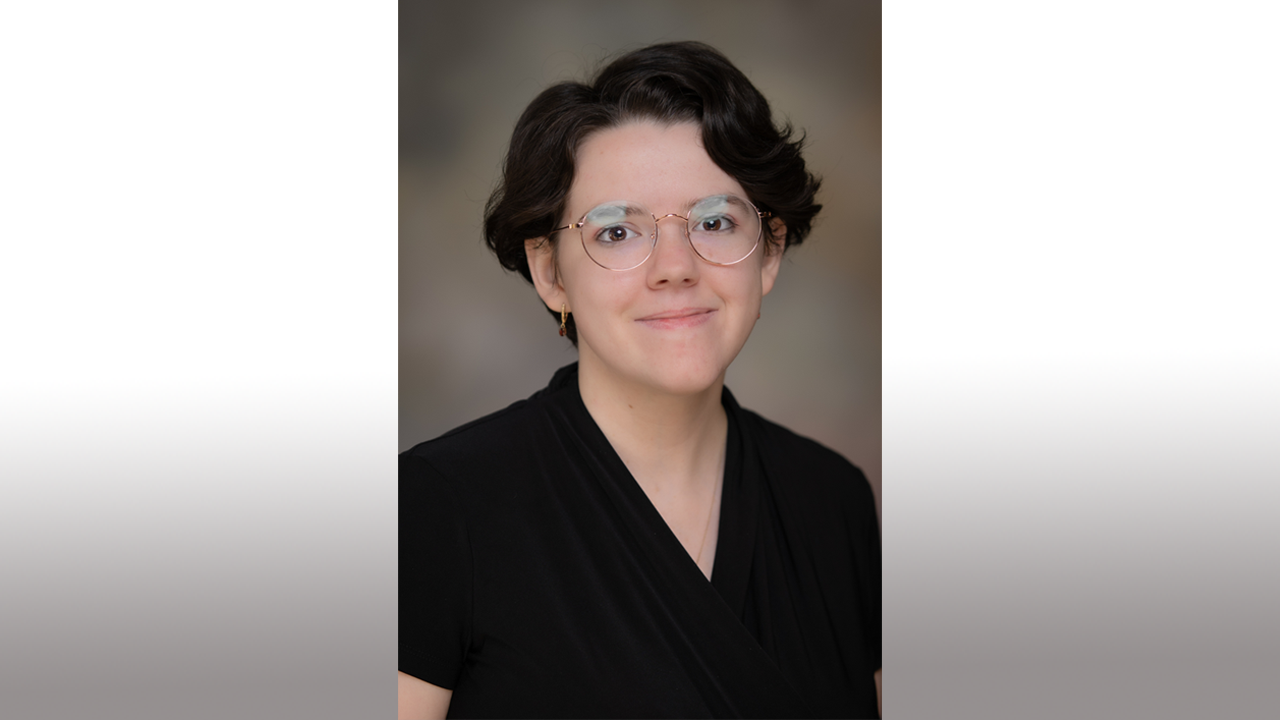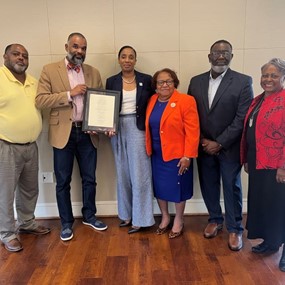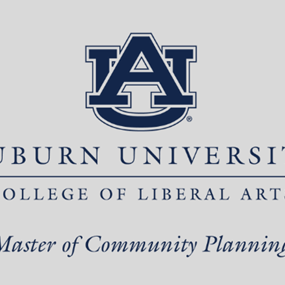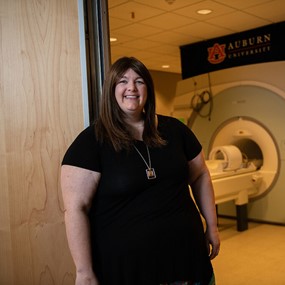NAGPRA Assistant Hallie Sampson brings international experience to Auburn’s collection

Hallie Sampson recently joined the Native American Graves Protection and Repatriation Act (NAGPRA) at Auburn University as an assistant. Sampson’s work spans North Carolina to Scotland, and her experience includes major international collections as well as archaeological field work.
As a NAGPRA assistant, Sampson will contribute her expertise in healing through the homecoming of cultural artifacts.
Why did you want to join the NAGPRA team at CLA?
HS: During my master’s degree, I did a project on the University of Edinburgh’s Skull Collection, which is a collection of 400 human skulls collected from a variety of different countries around the world. Our goal for this project was to explore the cultural impact on the different groups of people affected by this collection, as well as attempt to bring awareness to the general public to put pressure on the University. We worked with the Sudanese community in Edinburgh, museum professionals, and two anthropologists to discuss the colonial legacy of the collection. It is unclear, even now, if any lasting impacts were truly made, but for our guests, it did have an impact.
After working on the project and getting my degree, I decided to apply for NAGPRA jobs. For me, this seemed like a natural progression. I wanted to be able to make an impact in people’s lives. Unlike in the case of the Skull Collection, where there were no laws compelling the University of Edinburgh to repatriate, there are laws in the United States to force institutions receiving federal funding to repatriate Native American human remains, funerary objects, sacred objects and objects of cultural patrimony. I’m truly excited to be able to work towards repatriation for every individual and item in our collection.
For those who may not be familiar, how would you describe NAGPRA’s importance?
HS: NAGPRA’s importance really cannot be overstated. As a law it holds museums, state agencies, universities, local governments, federal agencies and anyone receiving federal funds accountable for the act of repatriation. Under the law, human remains, funerary objects, sacred objects and objects of cultural patrimony must be returned to tribes that are deemed culturally affiliated. NAGPRA forces museums, institutions and federal agencies to confront their collections in a way that they would otherwise have not considered.
As anthropologists, archaeologists, museum curators or federal employees, it is important for us to recognize the wrongs that our institutions have perpetuated against indigenous groups. Though we can never erase the past, we can do our best to avoid making these mistakes in the future.
What does your role include? How has your educational and professional career prepared you for this position?
HS: Most of my job consists of writing reports on different sites and data entry. We do a variety of different tasks relating to collections care and management, as well as working with the NAGPRA portion of the collection to maintain legal compliance. When appropriate, we also do consultations with different tribes to discuss different sites and repatriations.
I have a bachelor’s degree in Anthropology from the University of North Carolina at Wilmington and a master’s in Collections and Curating Practices from the University of Edinburgh. I believe both of these degrees has given me a useful basis to work off of. During my time as an undergraduate student, I completed two field schools, one as a student and one as a teaching assistant. I worked in the post dig lab for two seasons, running it for one. In Scotland, I learned about museum collections, curation, and proper museum handling – a sharp contrast to my field school days.
I believe all of this has given me a variety of different skills that directly relate to my current job and I’m looking forward to using them in my position.
Which aspect of this role are you most looking forward to?
HS: I really enjoy the variety that comes with working in this field. We have a large collection, with both NAGPRA items but also unrelated items from other archaeological digs in the various places in the southeast. Due to how much there is in the collection, every day has been different. Whether I’m going through old documents, writing cultural affiliation paperwork, or working on an Excel spreadsheet relating to the collection, there is no standard. Working on a small team, everyone is hands-on and that’s something I really appreciate about this position.
Learn more about NAGPRA at the National Park Service website.
Tags: Anthropology Faculty







